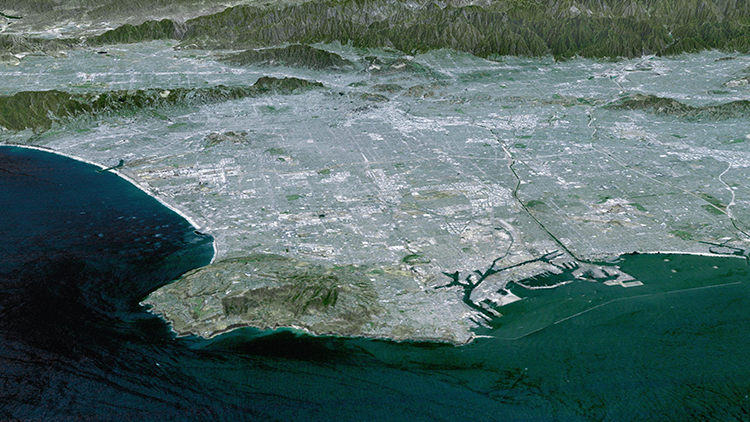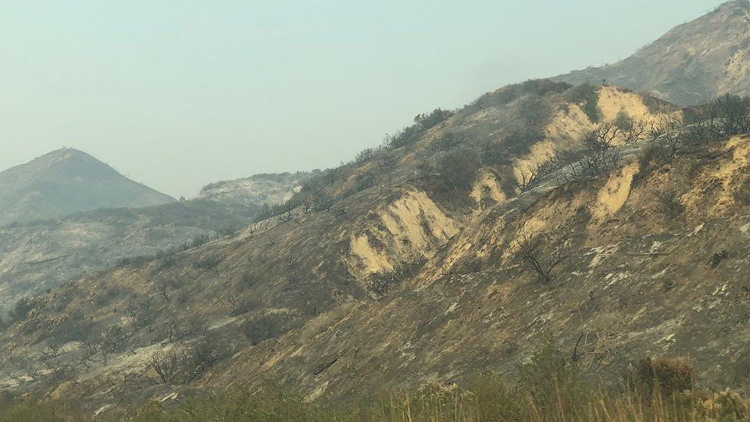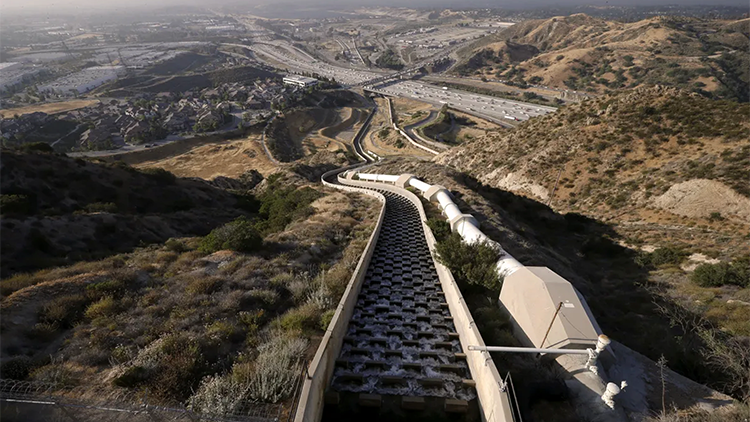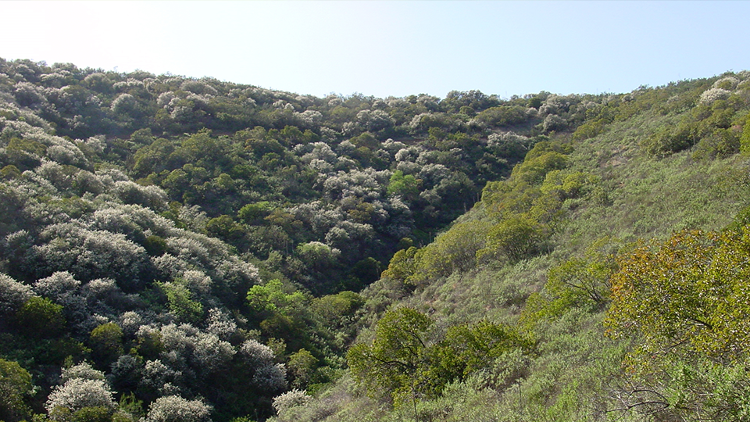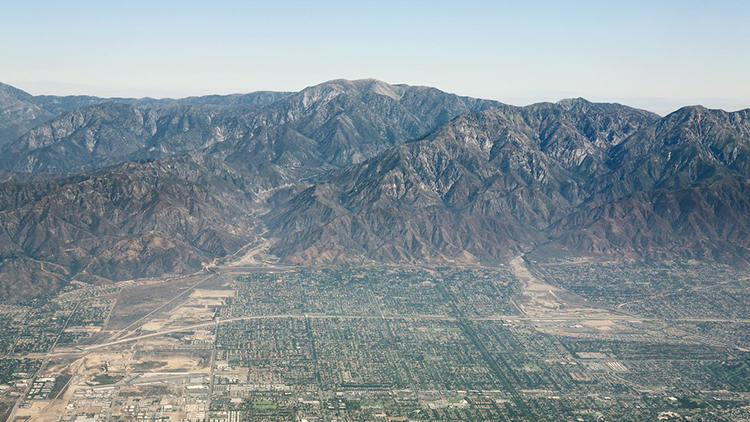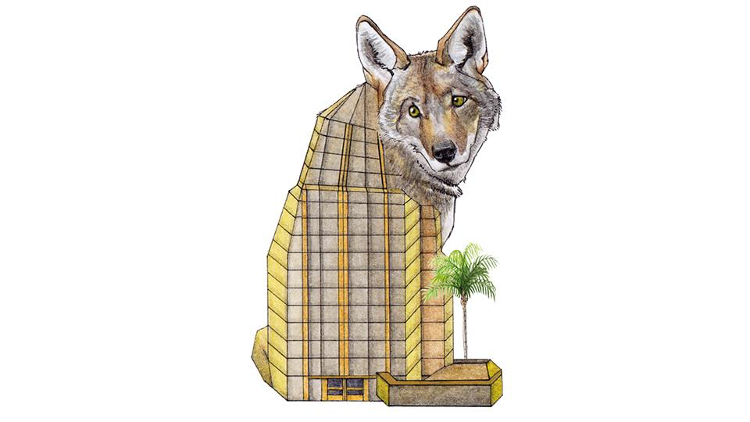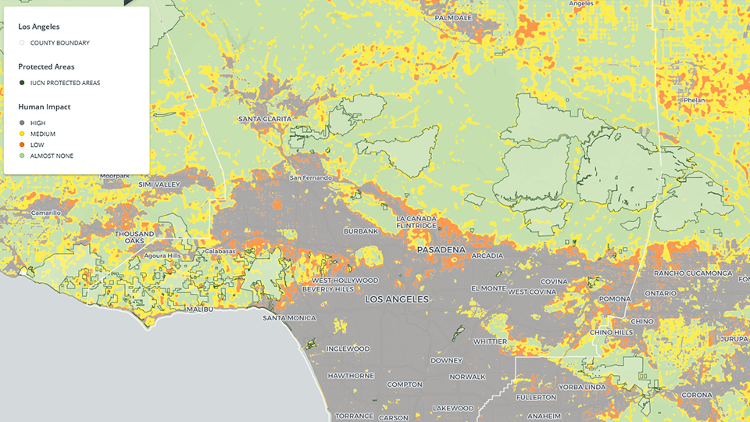
Los Angeles County is a biodiversity hotspot that harbors over 4,000 species of plants and animals. The most populous county in the nation, L.A. County offers a unique environment where more than 10 million people coexist with wildlife. The biodiversity of L.A. County provides many benefits to people, including air and water purification, food security and mental/physical well-being. But land development and climate change threaten the county’s species, their habitats, and the region's ecosystem. With 1 million animal and plant species globally facing extinction due to human activity, efforts to better understand the factors that shape biodiversity in Los Angeles could help shape global conservation efforts.
Award Year

